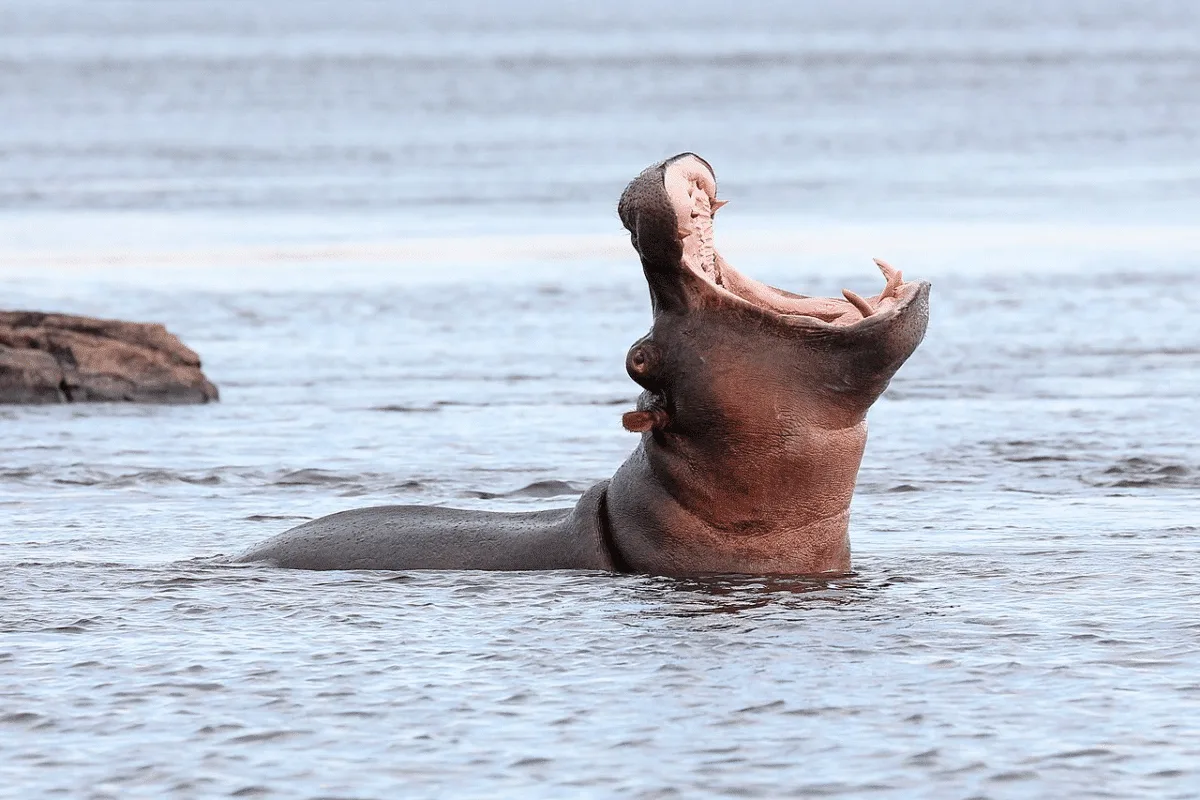In the world of animals, size doesn’t always matter when it comes to just how much fat they can store up. Though some animals may seem petite, they can carry surprising amounts of fatty layers that help them to survive in harsh environments. From marine creatures to land animals, we have compiled a list of the top 10 fattest animals on the planet. So, sit back, relax, and discover these cuddly creatures’ incredible abilities and adaptations.
1. Brown Bear
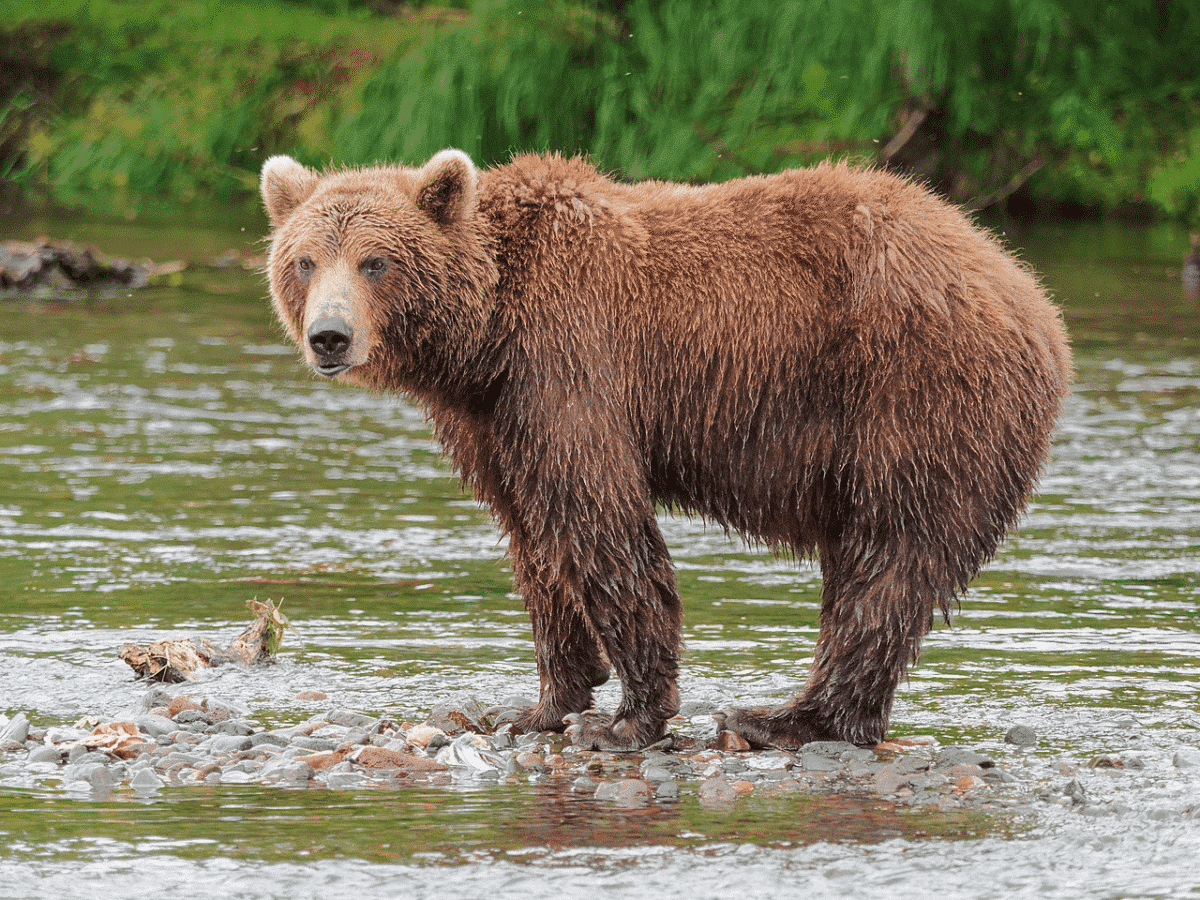
The Brown Bear is an icon of the wilderness, known for its impressive size and strength. These carnivorous animals can weigh up to 550 kilograms and stand up to 2 meters tall on their hind legs. Brown Bears are omnivorous, meaning they feed on meat and plants, consuming everything from berries and nuts to fish and elk. They store fat in their bodies to prepare for long hibernation periods during winter.
2. Southern Elephant Seal
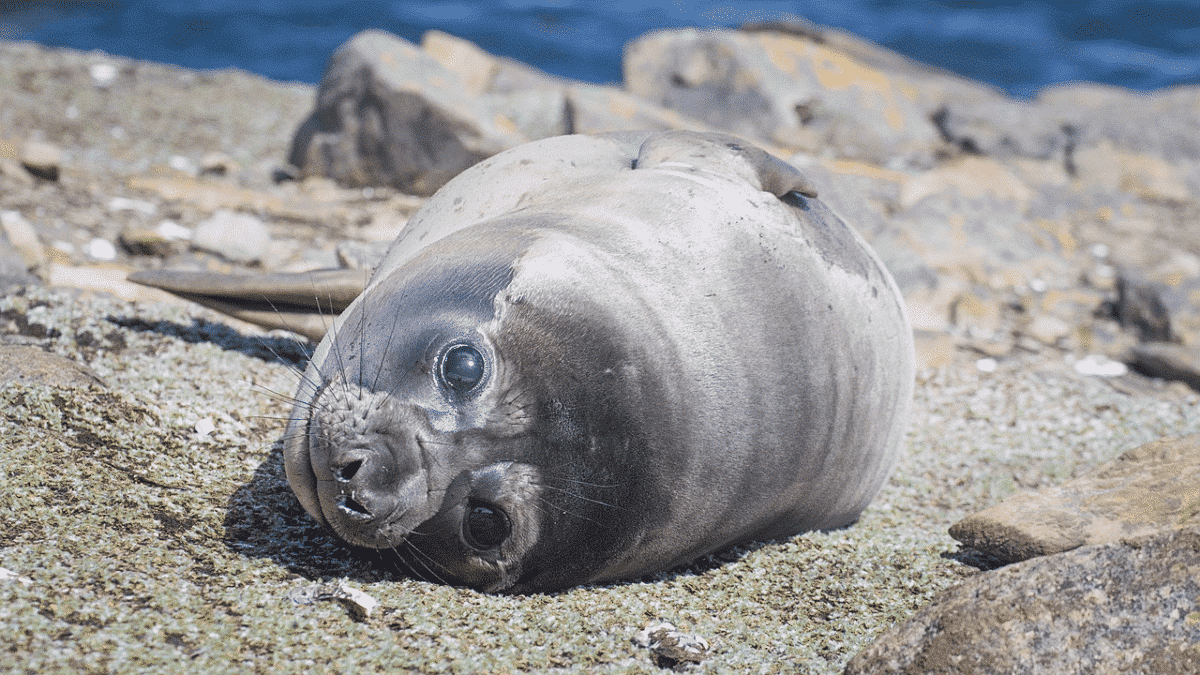
When we talk about fat animals, the Southern Elephant Seal must be on the list. These chubby marine mammals have blubbery bodies weighing as much as 4,500 kilograms. They are the largest seals on the planet and have a bulbous nose called a proboscis, which they use to make distinct sounds when communicating. Southern Elephant Seals’ diet includes squid, fish, and crustaceans, which they consume in large quantities to maintain weight and stay warm in cold waters.
4. North Atlantic Right Whale
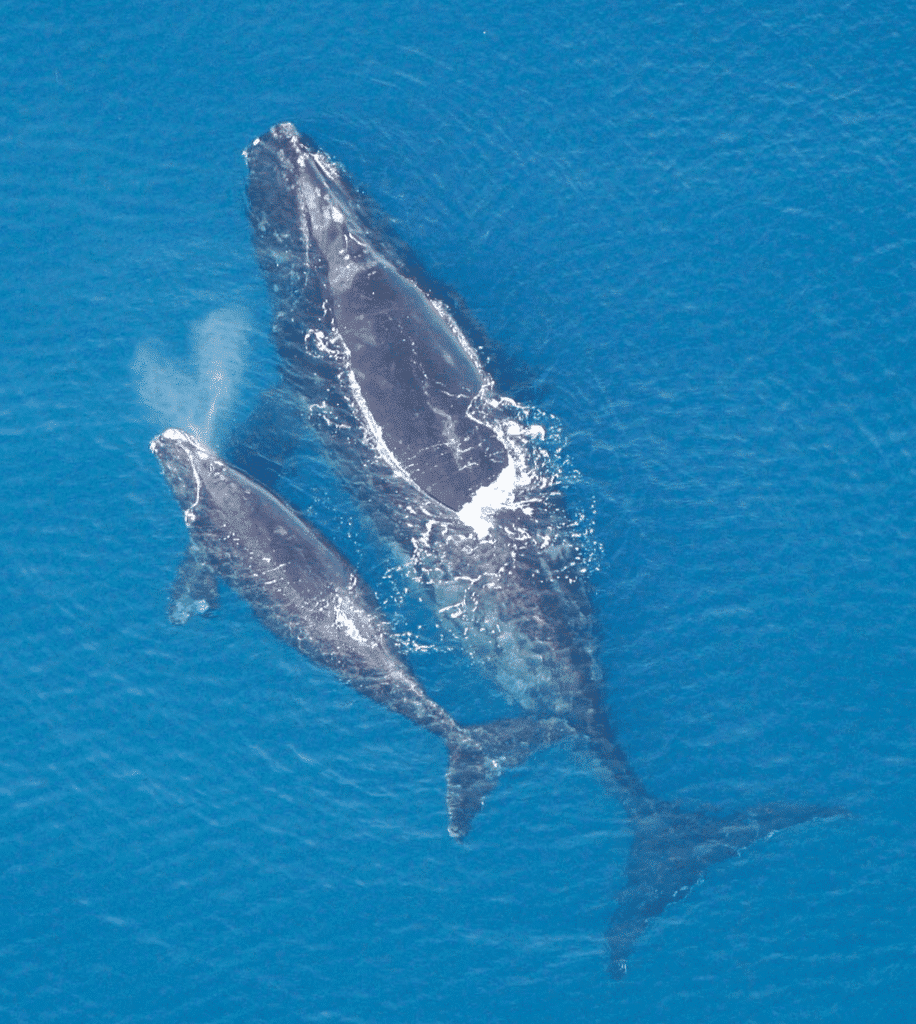
The North Atlantic Right Whale is a big sea animal easily recognized because of its size and unique look. These amazing creatures can weigh as much as 70 tons, which makes them one of the biggest animals in the world. Even though they are very large, they gracefully move through the water and are known for their slow and careful movements.
Unfortunately, years of commercial whaling have severely depleted their numbers, with less than 400 remaining today. Efforts are underway to protect and conserve these majestic animals so that future generations can continue to marvel at their beauty and grandeur.
4. Pig
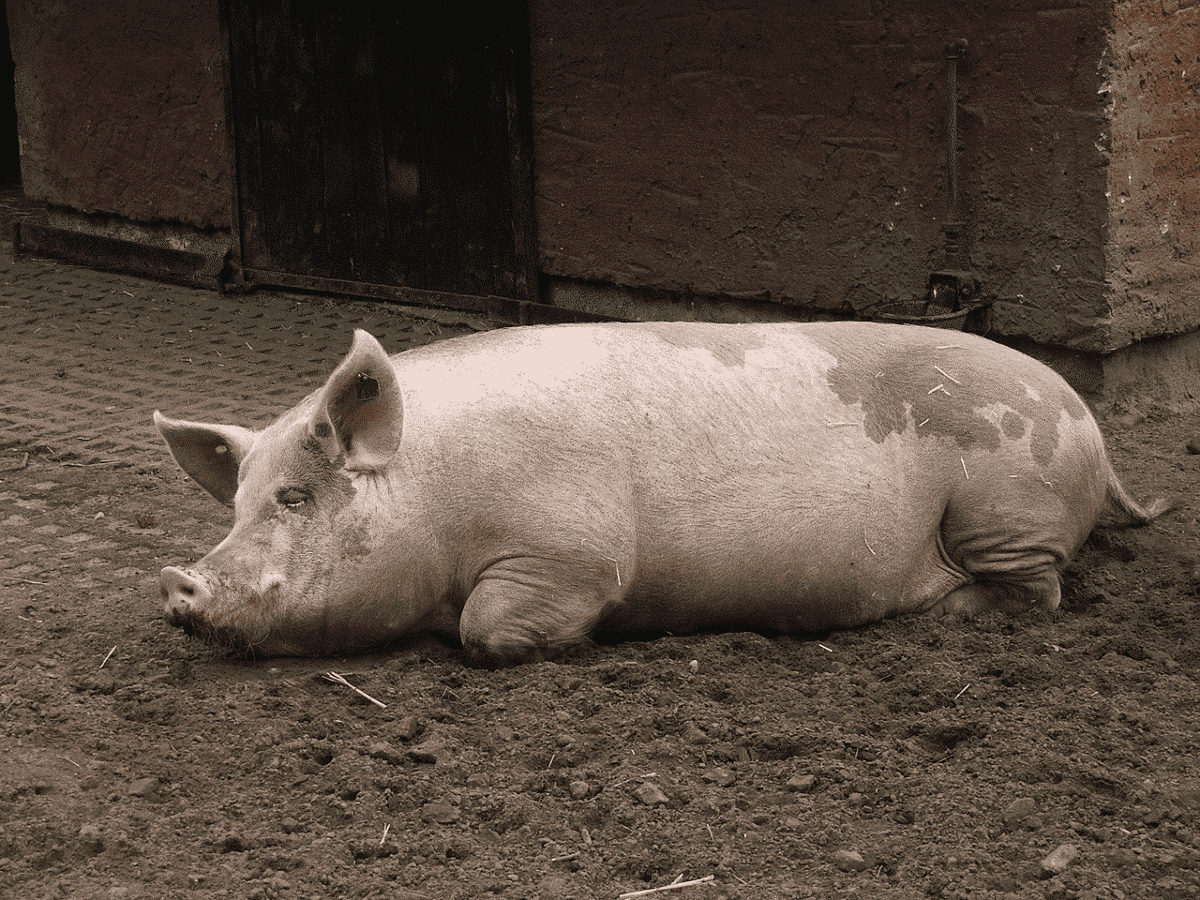
The domestic pig is a common sight on farms and in households worldwide. These intelligent animals are known for their friendly nature and have been valued by humans for their meat, milk, and pets. A fully grown pig can weigh anywhere between 300 to 700 pounds, with some species reaching up to 1,000 pounds. Despite what many people think, pigs are clean animals that tend to designate a specific area for their bathroom needs. Moreover, pigs possess a strong sense of smell and are frequently employed by law enforcement to detect illicit substances.
5. Hippopotamus
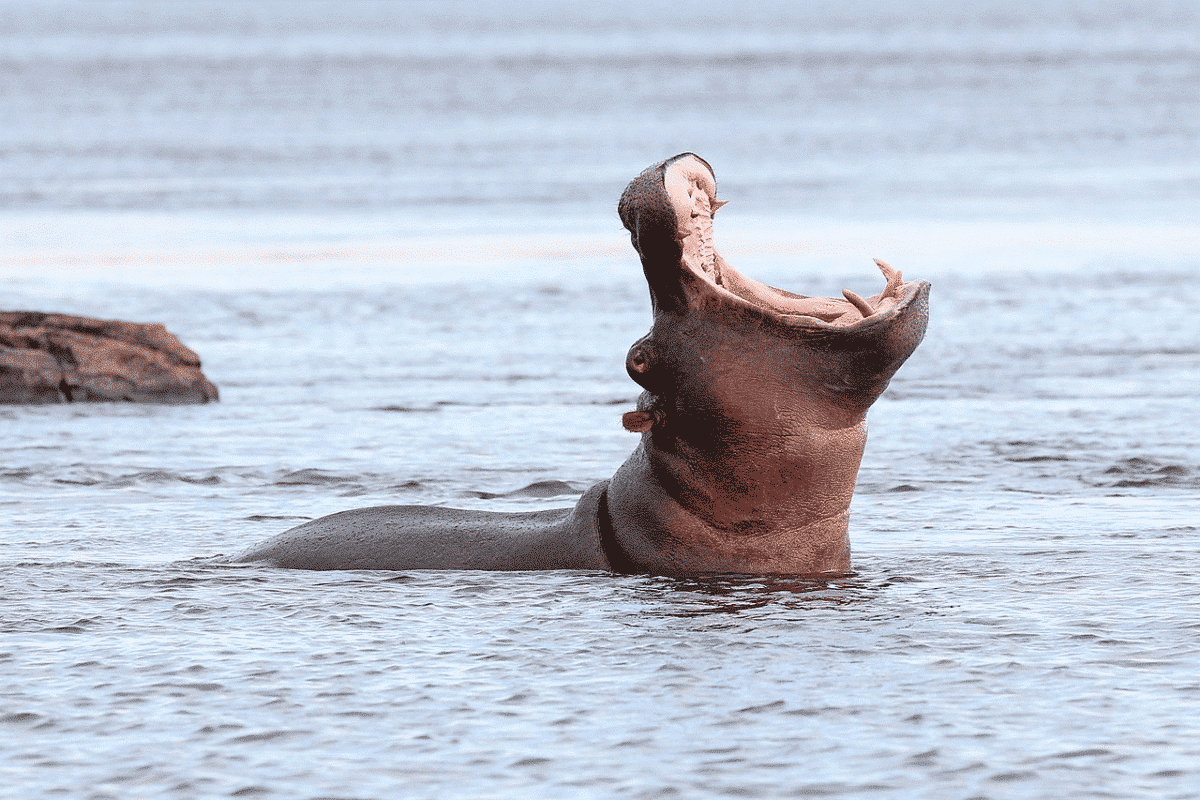
The Hippopotamus is an excellent example of a large, chubby animal. Despite seeming sluggish and slow-moving, hippos are widely known for their aggression, as they can be responsible for more human deaths in Africa than lions, elephants, and crocodiles combined. Hippos weigh up to 4,500 kilograms and are herbivores, feeding on aquatic plants, grasses, and fruits.
6. Polar Bear
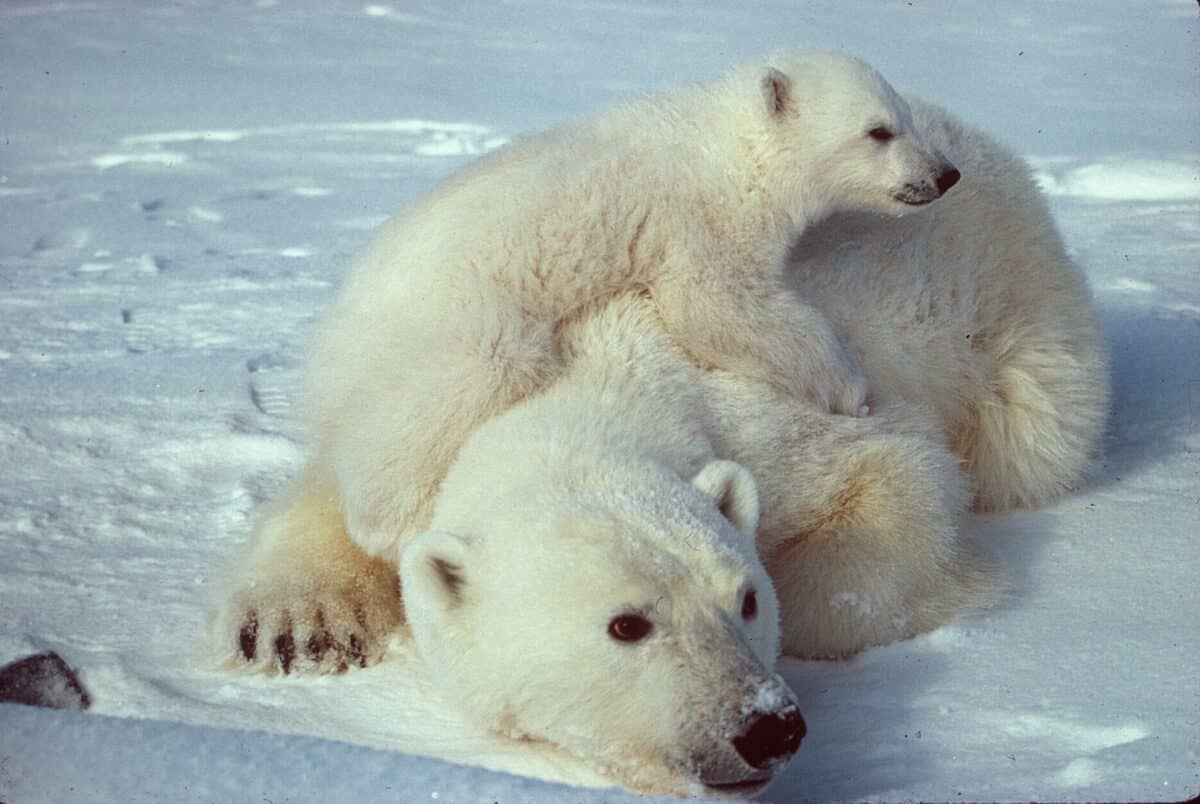
The polar bear is one of the world’s largest carnivorous animals and lives in the chilly Arctic regions of North America, Europe, and Asia. These magnificent creatures are specially adapted to survive extremely cold temperatures, with a thick layer of insulating fat up to 4 inches thick. Interestingly, polar bears have black skin that helps absorb the sun’s rays and retain heat. During the winter months, they hunt seals, which provides the high-fat diet that is essential to their survival. Despite their size and strength, these bears are under threat due to the effects of climate change, which is causing the ice to melt and reducing their hunting opportunities.
7. White Rhinoceros
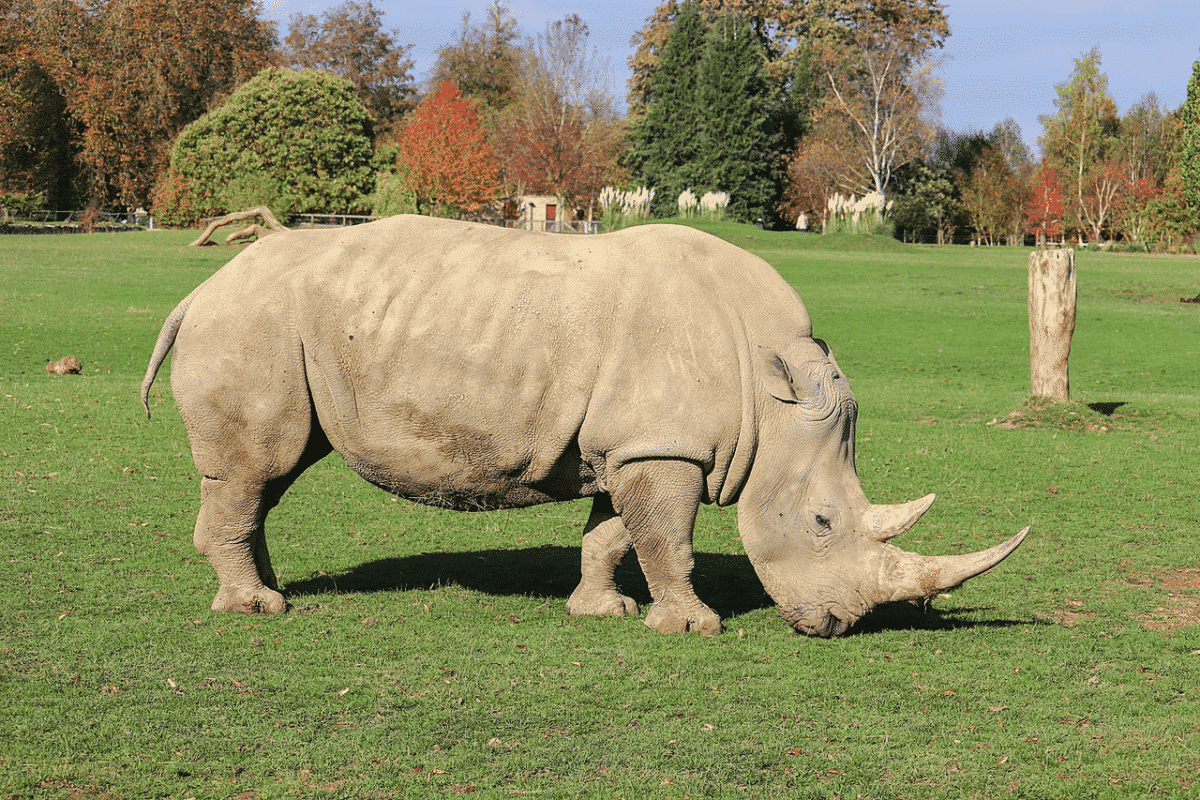
The white rhinoceros is a large herbivore that lives on the grassy plains of Africa. These stocky creatures can weigh up to 2 tons, making them one of the largest land mammals. Unlike their Asian counterparts, the white rhinoceros has a broad, square-shaped mouth used to graze on grass. Sadly, the white rhino is under threat due to illegal poaching for their valuable horns, which are believed to have medicinal properties. Conservation efforts are underway to protect and safeguard these majestic animals from extinction.
8. Camel
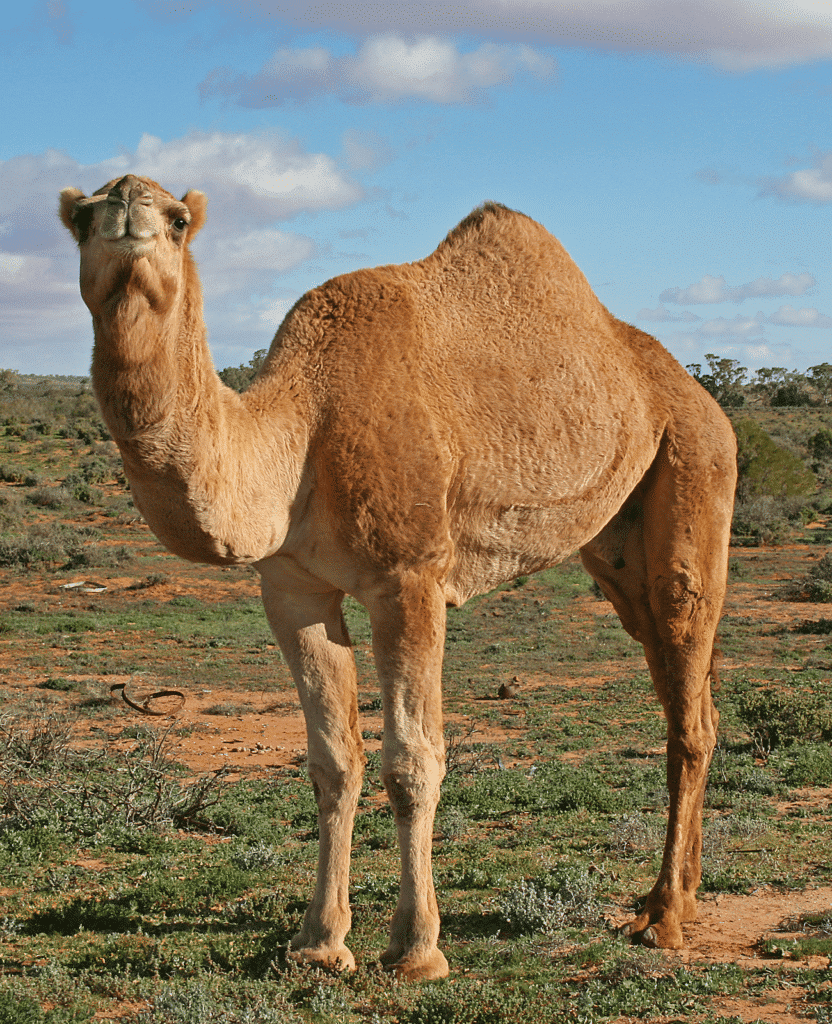
The Camel is another incredibly heavy animal with unique survival adaptations in harsh desert environments. These mammals can weigh up to 725kg, and their humps, which store fat, provide them with energy and nourishment during long periods without food or water. Both Bactrian and Dromedary camels possess these distinctive humps.
9. Blue Whale
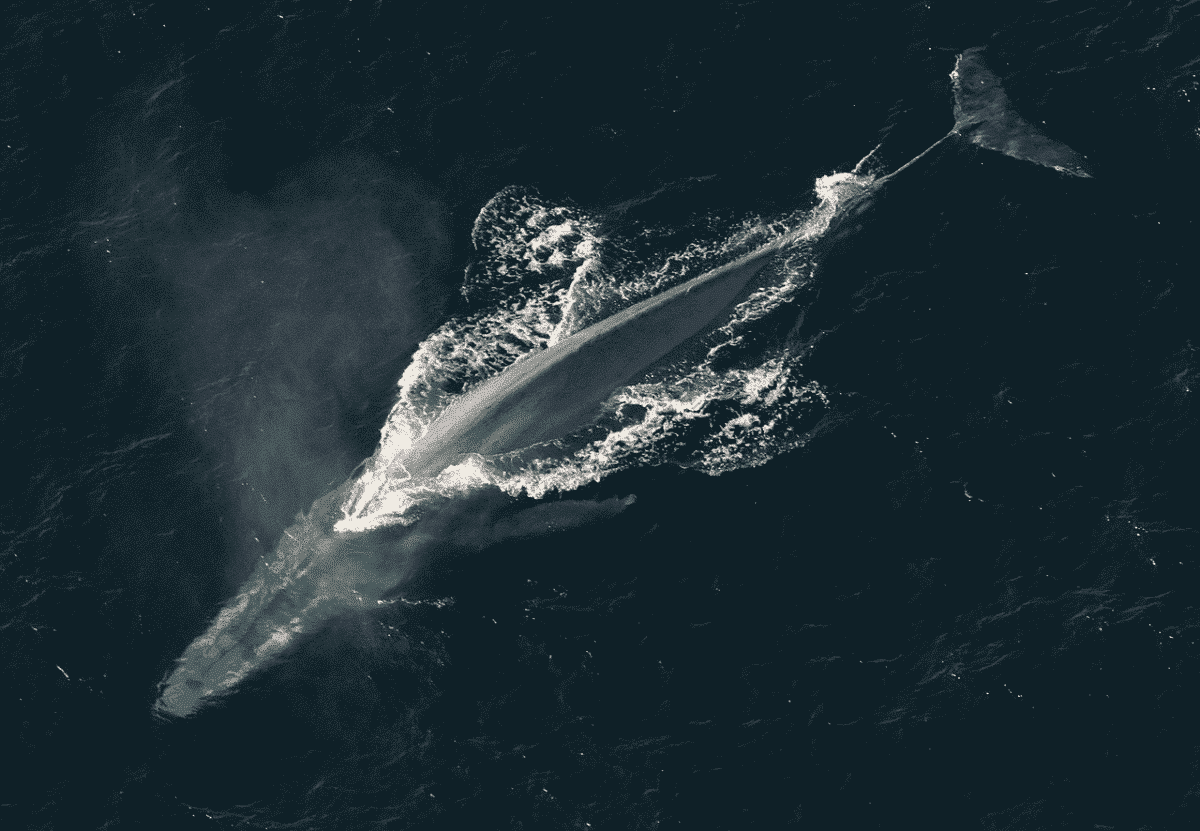
The blue whale is undoubtedly one of the most magnificent and awe-inspiring creatures found on Earth. Weighing in at an astonishing 200 tons and reaching lengths of up to 100 feet, this is the largest animal known to have existed. Their diet consists almost entirely of krill, with some adults consuming as much as 8,000 pounds daily!
These gentle giants are known for their beautiful songs, which can be heard from miles away and are considered an important part of their communication system. Unfortunately, due to commercial whaling, blue whale populations have been reduced to a fraction of what they once were, making conservation efforts more important than ever.
10. Army Cutworm Moth
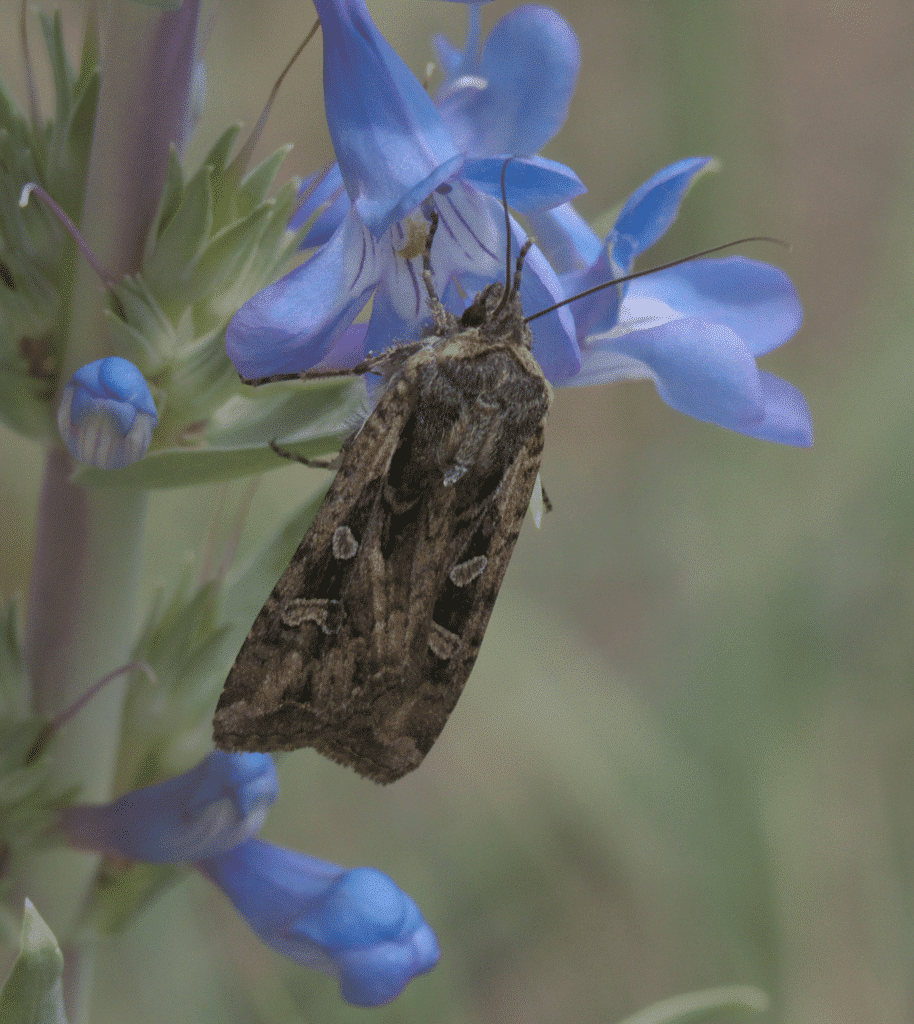
Despite its unassuming name, the army cutworm moth is a fascinating and unique species. It spends time as a caterpillar during its early life stages, feeding on various plants and grasses. However, as an adult, it is a migratory species that can fly up to 1,500 miles in just a few days. These moths are particularly interesting due to their ability to navigate using the Earth’s magnetic field.
They can sense the direction and intensity of the Earth’s magnetic field and use this information to guide their migration. Army cutworm moths are an important food source for various predators, including birds and bats, and play a crucial role in many ecosystems.
Frequently Asked Questions
What is considered a fat animal?
Fat animals have exceeded their natural body weight, which can lead to obesity, health issues, and reduced lifespan. This is typically determined through body condition scoring, which assesses the animal’s body fat distribution, muscle mass, and overall body shape.
How does obesity affect animals’ health?
Obesity in animals can trigger a myriad of health issues, including joint pain, diabetes, heart disease, and liver problems. Additionally, it can reduce their energy, mobility, and overall quality of life.
How can you help your pet maintain a healthy weight?
One of the most effective ways to help your pet maintain a healthy weight is to ensure they are eating a well-balanced diet and getting plenty of exercise. You can also consult with a veterinarian to develop a personalized weight management plan that considers your animal’s age, breed, and lifestyle.
Conclusion
We can see that being fat is sometimes a boon for animals in their survival strategies. Our list of the top 10 fattest animals includes a diverse range of creatures that are experts in balancing their weight with their survival needs. These animals have adapted to various terrains and food resources, collecting fatty layers that enable them to thrive in their environments.
While many of us tend to associate fat with unhealthy living, these fascinating creatures demonstrate that it can be a vital component of survival. Moreover, we must remember that each animal is crucial to balancing our ecosystems and biodiversity, and we should strive to protect and conserve their habitats.
Check out more amazing articles: The Top 10 Grassland Animals, Top 10 Deciduous Forest Animals, Top 10 Woodland Animals, and Bison – Unleashing the Wild Spirit!
- Australian Kelpie Dog – Unleashing The Power - October 17, 2024
- Top 10 Savanna Animals - October 15, 2024
- The Lethal Bite of the Water Moccasin - October 14, 2024

